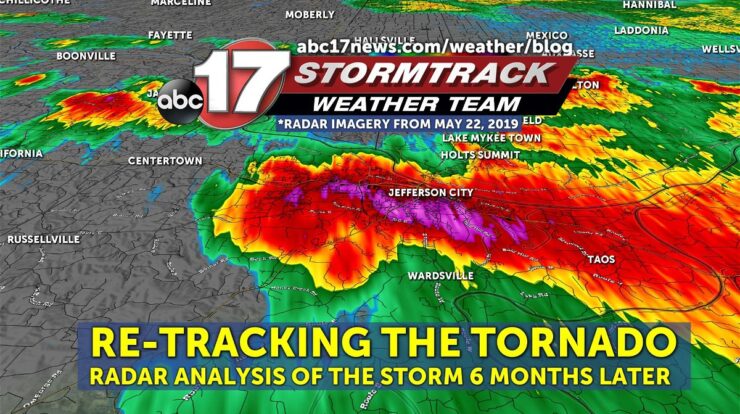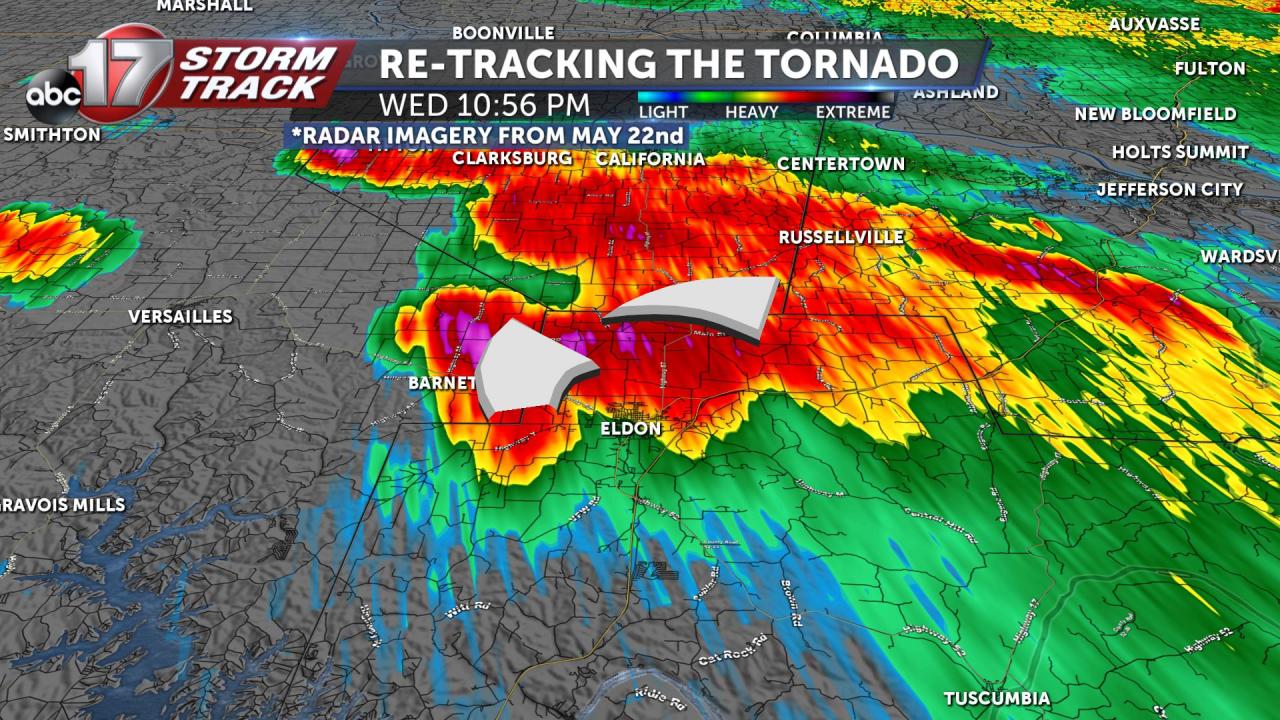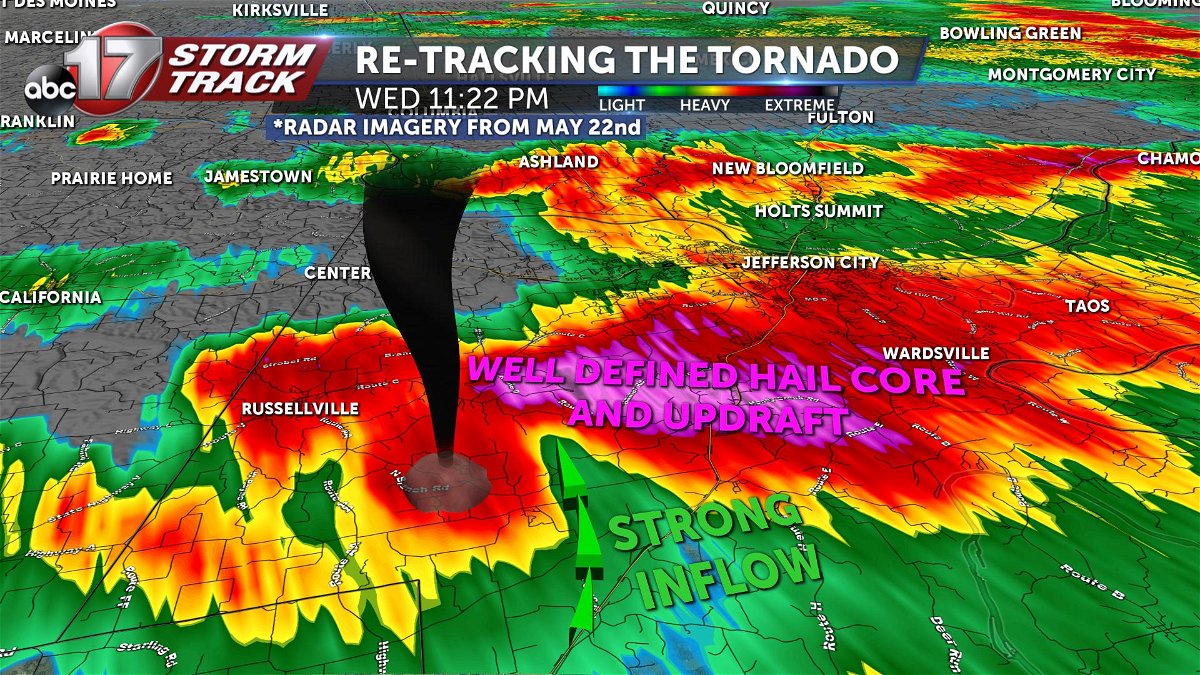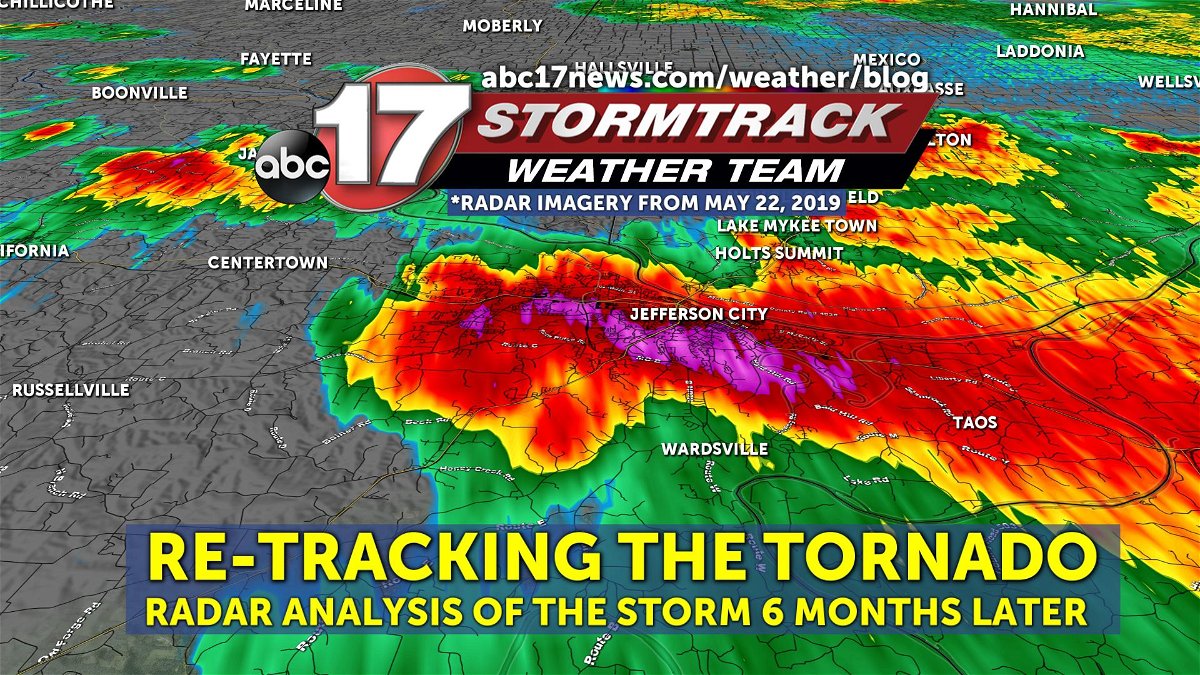
In the realm of weather monitoring and disaster management, tornado trackers have emerged as indispensable tools, providing crucial insights into the formation and movement of these destructive storms. These sophisticated devices leverage advanced technology to enhance weather forecasting accuracy, protect lives and property, and facilitate groundbreaking research.
Tornado trackers employ a range of detection methods, including Doppler radar, lightning detection, and atmospheric pressure monitoring. By analyzing real-time data and utilizing complex algorithms, they can identify and track tornadoes with remarkable precision. This information empowers meteorologists to issue timely warnings, allowing communities to take necessary precautions and minimize the potential impact of these devastating events.
1. Definition and Explanation of Tornado Tracker

A tornado tracker is a device or system designed to detect, track, and provide real-time information about tornadoes and other severe weather events. It combines various technologies and data sources to enhance weather forecasting and disaster preparedness.
Types of Tornado Trackers
- Doppler Radar: Detects tornadoes by analyzing the velocity and direction of wind currents.
- Spotter Networks: Rely on trained volunteers to visually observe and report tornado activity.
- Mobile Apps: Provide real-time tornado alerts and tracking based on radar data and user reports.
- Lightning Detection Systems: Monitor lightning strikes, which often occur in association with tornadoes.
Capabilities of Tornado Trackers
- Detect and track the movement of tornadoes
- Estimate the strength and intensity of tornadoes
- Provide advance warnings to communities in the path of tornadoes
- Monitor the evolution and dissipation of tornadoes
2. Features and Components of Tornado Trackers

Tornado trackers incorporate advanced features and components to ensure accuracy and reliability.
Key Features
- Real-time data acquisition from multiple sources
- Advanced algorithms for data analysis and interpretation
- User-friendly interfaces for data visualization and interpretation
Components, Tornado tracker
- Radar systems: Collect data on wind speed, direction, and precipitation
- Lightning detection sensors: Detect lightning strikes
- Spotter networks: Provide ground-level observations
- Data processing and analysis systems: Process and interpret data from various sources
- Alert and warning systems: Disseminate warnings to communities
3. Benefits and Applications of Tornado Trackers

Tornado trackers play a crucial role in weather forecasting and disaster preparedness.
Benefits
- Improved accuracy and timeliness of tornado warnings
- Increased lead time for communities to take protective measures
- Enhanced understanding of tornado behavior and dynamics
Applications
- Weather forecasting: Provide accurate and timely tornado forecasts
- Disaster preparedness: Issue early warnings and evacuation orders
- Research and scientific studies: Enhance understanding of tornado formation and behavior
4. Limitations and Challenges of Tornado Trackers
Despite their capabilities, tornado trackers face certain limitations and challenges.
Limitations
- Weather conditions can affect the accuracy of radar data
- Terrain can block or distort radar signals
- False alarms can occur due to non-tornado related weather events
Challenges
- Improving accuracy in complex weather conditions
- Reducing false alarms while maintaining timely warnings
- Enhancing the integration of multiple data sources
5. Future Developments in Tornado Tracking
Advancements in technology continue to drive the evolution of tornado tracking.
Potential Developments
- Artificial intelligence (AI) and machine learning (ML) for improved data analysis
- Next-generation radar systems with higher resolution and accuracy
- Enhanced spotter networks with mobile technology and crowdsourcing
Benefits and Implications
- Increased accuracy and timeliness of tornado warnings
- Improved understanding of tornado behavior and dynamics
- Enhanced disaster preparedness and community resilience
Final Thoughts
As technology continues to evolve, tornado trackers are poised to become even more sophisticated and effective. The integration of artificial intelligence, machine learning, and other emerging technologies holds the promise of further enhancing their accuracy and reliability. These advancements will undoubtedly play a vital role in safeguarding lives and property from the destructive force of tornadoes.
FAQ Section
What is the purpose of a tornado tracker?
Tornado trackers are designed to detect and track tornadoes, providing valuable information for weather forecasting and disaster preparedness.
How do tornado trackers work?
Tornado trackers utilize various detection methods, such as Doppler radar, lightning detection, and atmospheric pressure monitoring, to identify and track tornadoes.
What are the benefits of using tornado trackers?
Tornado trackers enhance weather forecasting accuracy, enable timely warnings, and support research efforts, ultimately contributing to the protection of lives and property.
What are the limitations of tornado trackers?
Tornado trackers can be affected by factors such as weather conditions and terrain, which may impact their accuracy. However, ongoing efforts are dedicated to improving their performance and reliability.
What are the future developments in tornado tracking?
Future advancements in tornado tracking include the integration of artificial intelligence, machine learning, and other emerging technologies, which promise to further enhance their accuracy and effectiveness.





